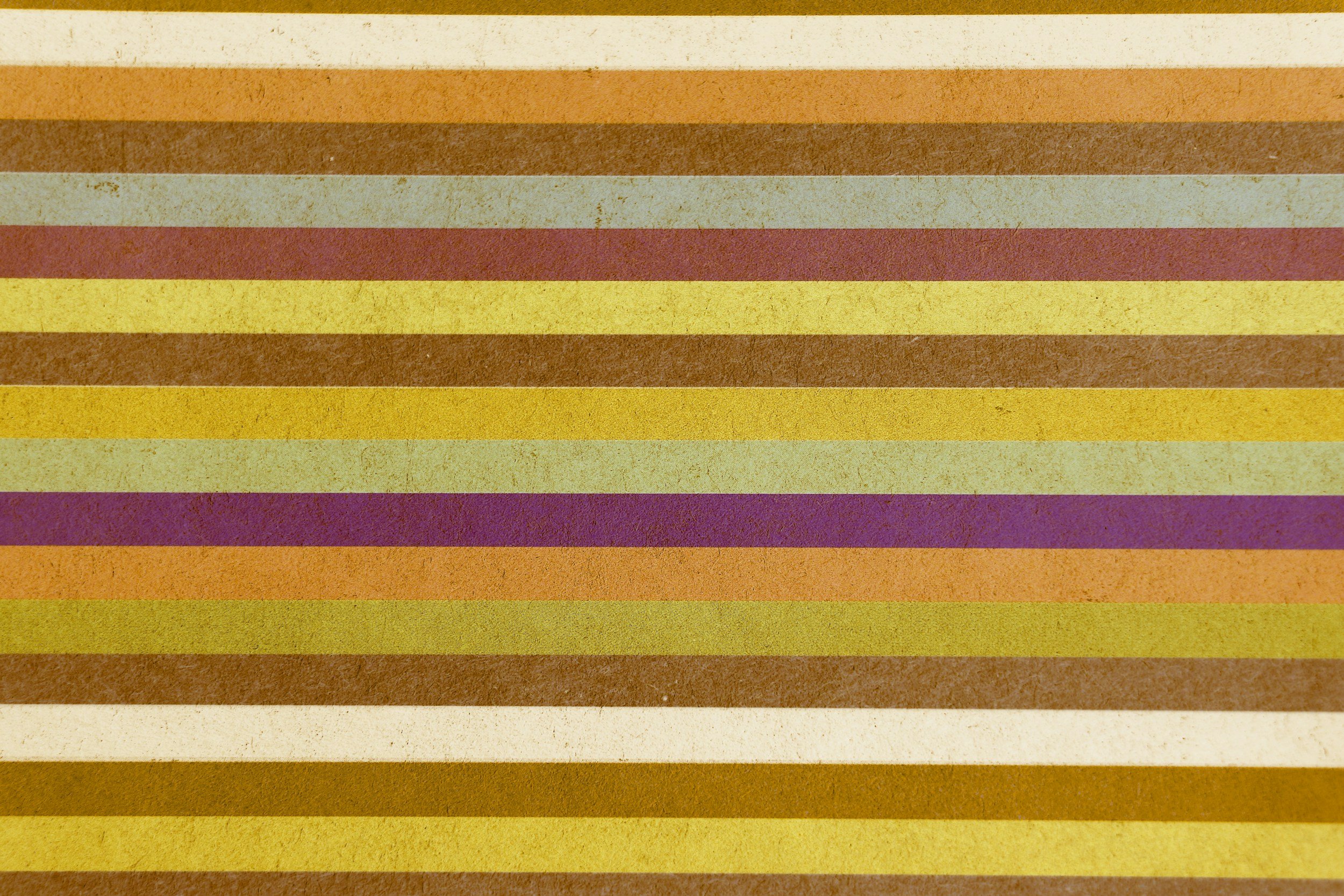© Howard Gardner 2025, reproduced from howardgardner.com
Even when one seeks to be broad—if not universal—it’s challenging to transcend one’s customary concerns and ordinary points of reference.
I learned this lesson dramatically when over forty years ago, I put forth the theory of multiple intelligences (often abbreviated as MI theory). Extensive research in a number of disciplines had convinced me of what seemed to be a seemingly reasonable conclusion: The psychometric view of intelligence—whatever its empirical virtues and convenience—is far too narrow. It fails to encompass the range of human abilities, gifts, and talents that have been valued all over the globe across the millennia.
Yet, even decades later, the bulk of the psychometric community still embraces the concept of a single intelligence—captured accurately by a single instrument—and steadfastly refuses to countenance alternative formulations about human cognition and intellectual breadth. This is due, I think, to the convenience of the IQ test, the continuing widespread use of the singular term “intelligence”, and the vested interests of test-makers and test-users. (Perhaps if I had created seven or eight tests, they would now constitute the consensual-conventional wisdom.)
Thirty years ago, my colleagues and I embarked on a comparable journey. Mihaly Csikszentmihalyi, William Damon, and I sought to ascertain the key components of good work. We asked: What does it mean to carry out work—over the course of a lifetime—that would be held in high esteem by knowledgeable contemporaries? Through substantial empirical research as well as considerable reflection and interchange with knowledgeable colleagues, we eventually identified the three principal components of Good Work:
It’s carried out with high competence—It is Excellent
It is deeply involving and meaningful for the practitioner—It is Engaging
It seeks to discern and live up to the highest moral standards—It is Ethical
We’ve captured this formulation visually via the triple helix of the Three Es.
While our research efforts focused primarily on the realm of work, my colleagues and I have proposed that the role of good citizen can be similarly delineated. What does it mean to be a good citizen of one’s community—say, locally and nationally? Meritorious good citizens are cognizant of the major rules and regulations of their community, they care enough to become and remain involved in the relevant political processes, and to complete the picture, they strive to carry out their roles in an ethical manner.
Components of Good Citizenship
As I write, in the spring of 2025, all of this seems far less clear than it was in 2005, when my colleagues and I first proposed this scheme, or in 2015, when we began to contemplate what it means to be a good citizen.
To be Specific
My colleagues and I blithely assumed that workers and citizens would be living in a reasonably democratic society. For the purposes of our research, we focused primarily on the United States. But we could easily have had in mind workers and citizens of Western Europe, and many other regions of the world—from Canada to Japan to Costa Rica.
Not, to be sure, that these societies would have concurred about the precise characteristics of a good worker or a good citizen—far from it. The ideal lawyer or barrister is not the same in the United States, England, or France—let alone Japan or Indonesia. Nor, for that matter, are the governments of these three societies interchangeable—in several ways, Australia conceives of citizenship differently from Germany or Mexico. But in broadest brush strokes, it’s assumed across these societies that the life of the worker is governed principally by the codes of that profession and it’s not unduly influenced by the current features and instantiations of executive, judicial, or legislative branches.
By the same token, whatever the differences in the legal codes with respect to voting, taxation, and other publicly known (and legally revisable) processes—it’s assumed that civic virtues (and vices) can be delineated and observed—and that their realization or their violation can be recognized, rewarded, and/or sanctioned.
Historical exercise
Mao Zedong posters at celebration of the Communist revolution (1949) / AP
If I’d been asked about what it meant to be a good citizen or a good worker in Nazi Germany, Stalinist Russia, or Maoist China (in the height—or depth—of the Cultural Revolution), I would have been stymied! And coming out of my cerebral fog, I would have had to admit that I had stumbled into a “category error”. How could one be a good doctor, if one were enjoined not to treat—or even ordered to torture or murder—a Jew in Nazi Germany? How could one be a good journalist in Maoist China, when all kinds of topics and postures were strictly off limits? Or to shift to the civic realm, what does it mean to vote when the elections are fixed, or to follow the law when it changes irregularly and capriciously, and the decision to punish occurs ex cathedra—not after proper adjudication by independent authorities.
Virtually impossible even to conceptualize! Under such circumstances, it involves a huge stretch even contemplating Good Work or Good Citizenship. Fortunately, at the time of this writing in April 2025, we do not quite face such a quagmire in the United States or in most other developed societies.
And yet! At this hour, the Federal Government of the United States, as well as national governments in countries like Hungary or Argentina, are questioning long-held assumptions—and even widespread consensus—about what it means to carry out Good Work or Good Citizenship. As citizens of such nations, we are being naïve or even derelict if we simply assume that our long-standing assumptions about work and civic participation will necessarily prevail and endure.
Daniel, Richard, and Jamie Susskind on AI discussion panel / WJR
Ironically, this issue first entered my consciousness a decade ago, when I encountered the writings of members of the remarkable Susskind family in Britain. Daniel, Richard, and Jamie Susskind all foresaw a time when many decisions that had long been made via deliberation among human beings would increasingly be executed—with seeming authority—by computational systems. And while these three scholars were reasonably confident that the computational systems would preserve the fundamental values of pre-computational times, I was much less confident that would be the case. (See my blog on the future of the professions, linked here.) Now some years later, Jamie Susskind himself has issued a warning published in the Financial Times about a society in which major decisions about human endeavors have been effectively handed over to General Intelligence Computational systems.
As I write, the threat to the Three Es of Good Work is patent. It’s perhaps most evident in the practice of journalism. At the height of the hegemony of American journalism—in the wake of the Sullivan decision by the Supreme Court (1964)—mainstream journalists were given considerable leeway in what they wrote about, whom they wrote about, and how they wrote about these matters. Today, however, the status of professional journalists is being seriously challenged by numerous pseudo-journalistic outlets that do not follow (if they are even aware of) the principal values of mainstream journalism and by governmental officials who seem determined to censor and even prosecute practitioners whose writings and reporting they happen to find objectionable.
Nor are journalists alone. The queue of vulnerable professionals grows steadily. Lawyers or law firms who take on unpopular causes are being threatened with massive lawsuits. Judges who rule against the governing party are being threatened with proceedings of impeachment. In some states, doctors who play a role in abortion or in sex-change operations can be charged with a crime, and professors who treat topics that are sensitive or take positions that go against the prevailing “conventional wisdom”—whether it be “pro” or “anti”-DEI—are subject to punitive measures and may even lose their jobs. Not to mention the threats against students, particularly if they are not citizens of the United States, or against educational institutions, whose functioning depends upon their tax-exempt status and the protection of their endowment funds.
The concept—and the reality—of worker-as-professional, as well as the concept and the reality of person-as-citizen are both hard-earned victories. We must acknowledge that those victories are never permanent and ought never simply to be assumed or presumed. Those of us who believe in and cherish these forms of “the good” must continue to support them, to sustain them, and to speak out when they appear to be vulnerable, in jeopardy, or even abandoned altogether.
This essay confirms my commitment to do so.
REFERENCES
Gardner, H., Csikszentmihalyi, M., & Damon, W. (2001). Good work: When excellence and ethics meet. Basic Books.
Gardner, H. (Ed.). (2010). Good work: The theory in practice. Basic Books.
New York Times Co. v. Sullivan, 376 U.S. 254 (1964).
Susskind, J. (2022). The digital republic: On freedom and democracy in the 21st century (First Pegasus Books cloth ed.). Pegasus Books.















